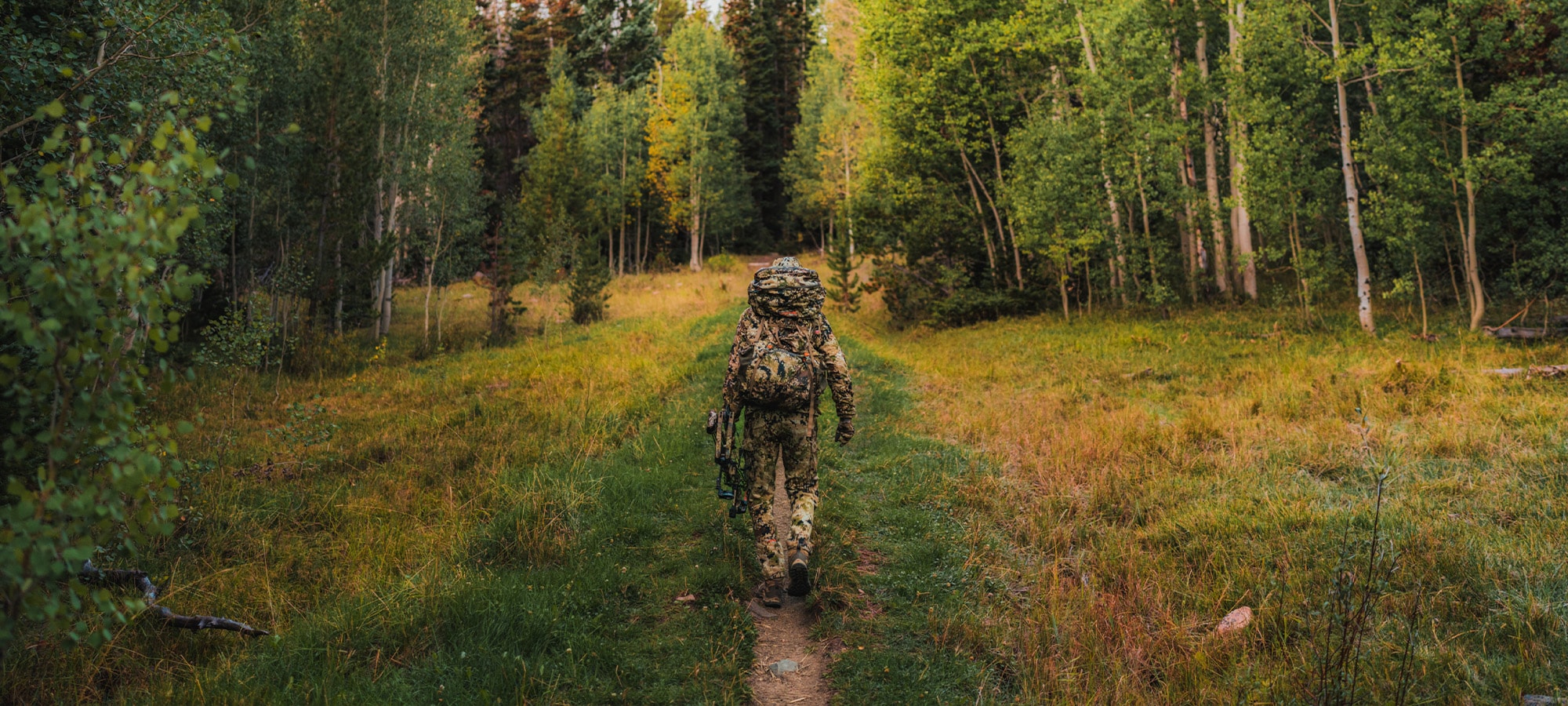Seeing my card get charged felt like winning the lottery, because essentially that’s what it was. After almost 20 years putting in for a once in a lifetime Colorado bull moose hunt, I’d finally drawn the tag. Mine was just one of a handful of resident bull tags out of hundreds of applicants.
That bump on my card immediately sent me into preparation mode and got me talking with previous tagholders and obsessing about September bulls. With the hunt unit less than an hour from my door I couldn’t wait for the snow to melt to get out there scouting. Come June I dug in, spending as much time out there as possible learning the country.
I couldn’t get out of the truck without seeing cows, but in the summertime bulls proved elusive—especially mature ones. I knew during the heat of summer they’d be up in the timber, near tree line, spending their time alone while their antlers grew. I trusted as the rut neared in September, though, that they’d start coming out of the woodwork. Scrutinizing drainages and analyzing how and where they came out into the lower country producing willow-laden swamps and flats, I made mental notes of all this prime moose habitat.
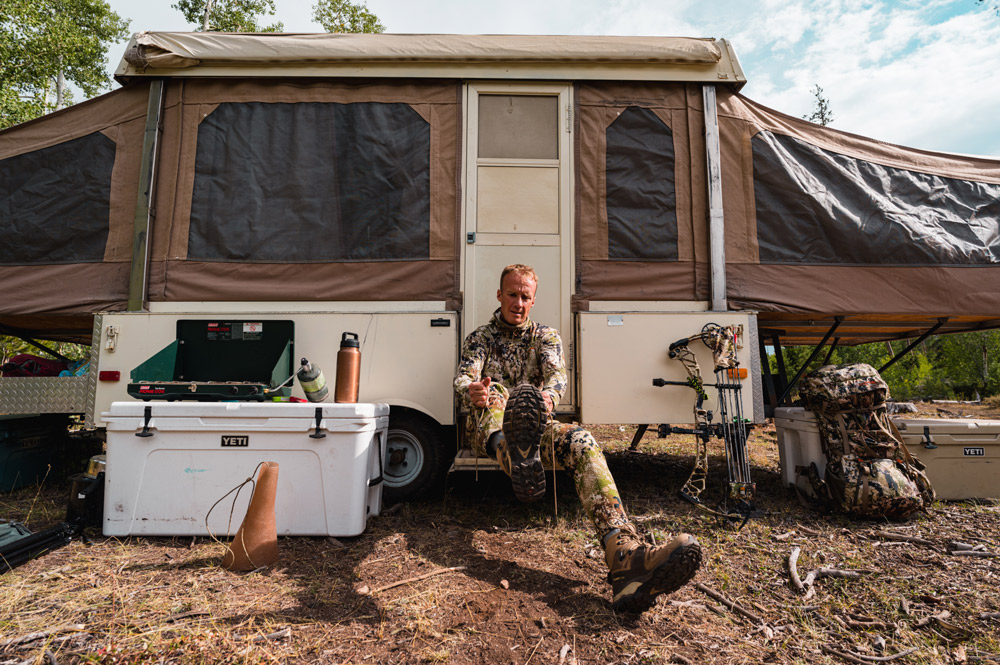
September arrived, perfect weather with daytime temps touching 70 and our water bottles starting to freeze at night. Camp was set up at the base of a canyon where we had multiple cows located and assumed the bulls would be in the area shortly. I’d paid a rancher a small fee to camp on his property and access the public hunting land from there.
Opening morning we slipped up the access point and were seeing moose within 30 minutes. We worked across various glassing points and watched cow moose and small bulls, some nice bucks, a couple bears, and a herd of ewe bighorn sheep. Right at dusk on opening day while glassing a creek bottom we heard what sounded like a bird chirping. A lion slipped out of the rocks down toward the creek and then disappeared into the brush. It was incredible to see that lion in its element.
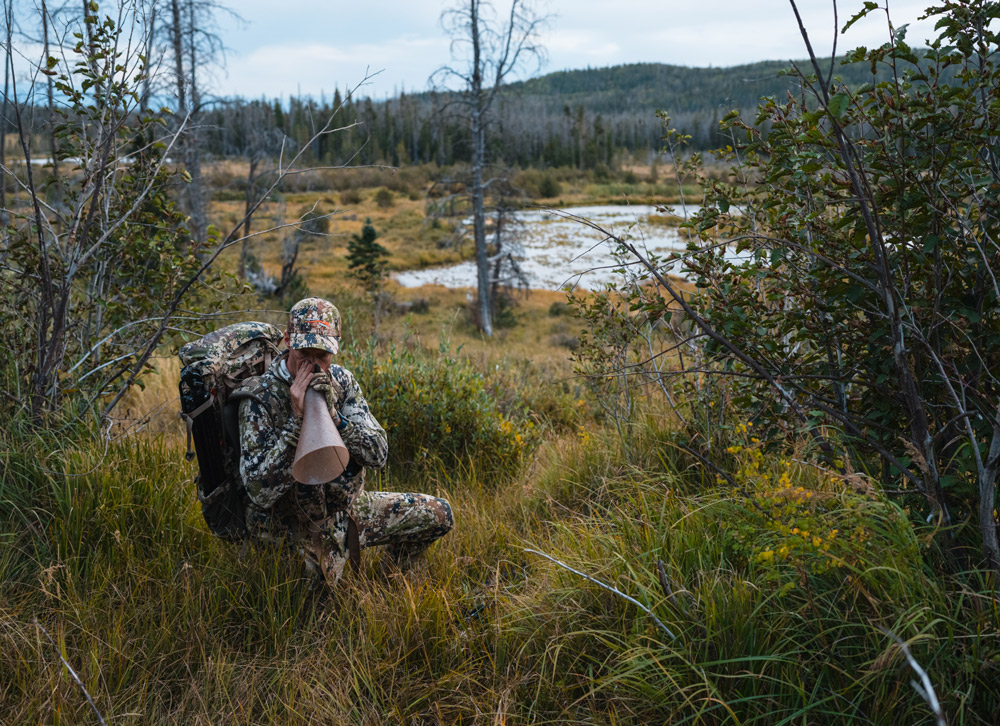
On the fourth day we came to a glassing point over a 2,000-acre bog and soon had eyes on three bulls and a cow with light starting to fade. The closest, biggest bull was 300 yards distant, about 200 vertical feet below us, strutting away across the bog toward the lone cow. I hustled down the steep hillside, a hell hole of thick brush, aspens, and ferns. Losing light fast, I gave him two quick challenge grunts, and he did an immediate 180-degree turn followed by the stiff-legged marching strut of a bull moose in rut.
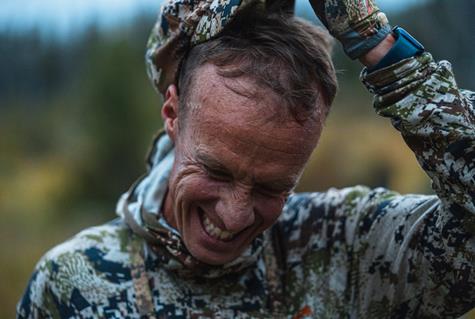
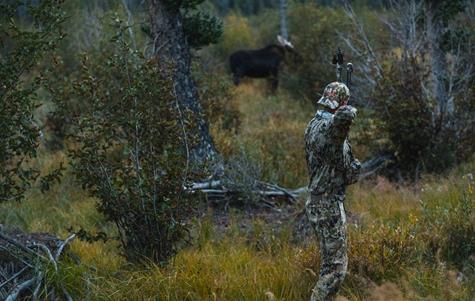
Everything was good—wind, cover, shooting lanes—and he kept coming slowly toward me, leaving plenty of time to let the nerves build. I can’t remember exactly, but I may have grunted another time or two before going silent. He kept on coming, slowly, two or three steps and then rocking his giant head back and forth, slightly cornering to me as he came within 35 yards. Nerves at peak levels, I stopped him with a final grunt then drew back and slipped an arrow tight against his front shoulder. I knew it was a good shot, and those nerves turned to semi-elation.
He took off, feeling the arrow, and then looped around and came back toward us. Because he was still standing, I kept shooting and landed two more arrows an inch apart in the boiler room. Just as I was about to nock a fourth, he tipped over. I got to see firsthand how extremely massive and strong a mature bull moose is. Then came a long night of skinning, quartering, packing and just enjoying the end of a hunt that went as well as I could hope.
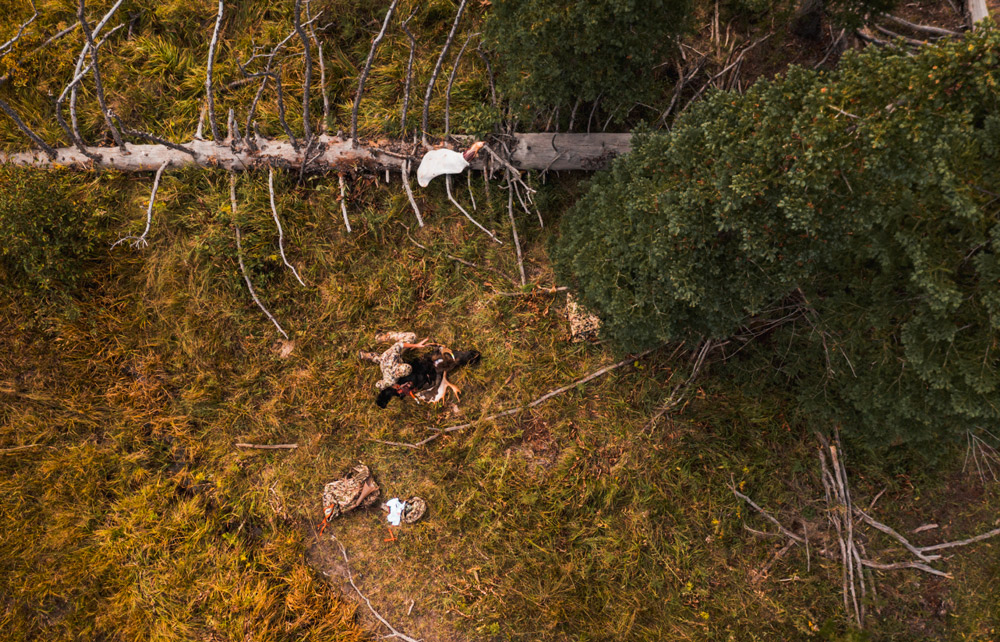
I’ll take learnings from this hunt into future hunts, most notably the lesson that it’s far more important during summer scouting to learn the terrain rather than find the animals. If you find the right terrain, the bulls will be there come September. An incredible experience—a once-in-a-lifetime experience, this was a great hunt resulting in a freezer full of perfect, delicious, lean moose meat.
